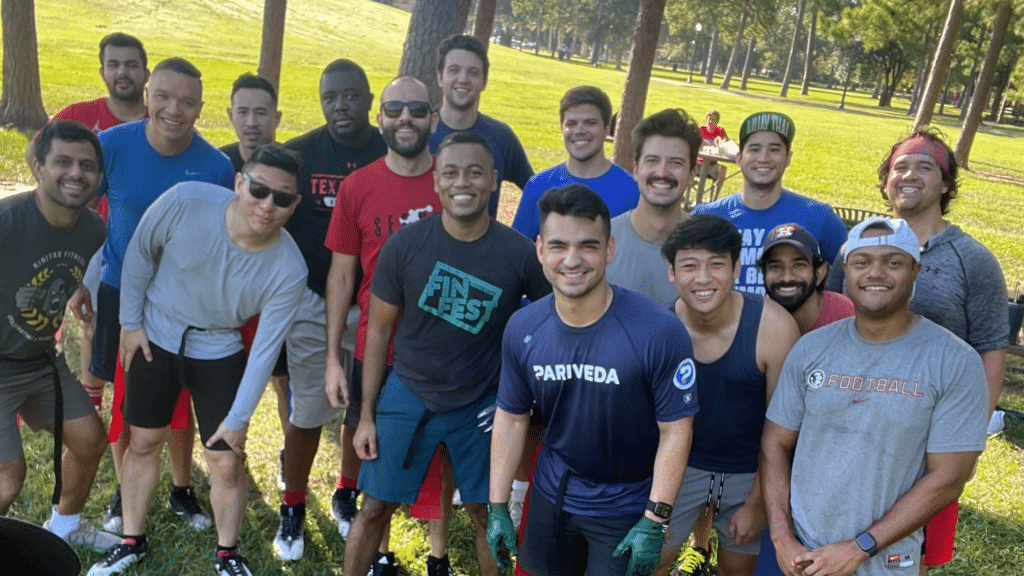GUIDE
The hidden costs of ignoring employer branding (and what you can do about it)
- Elevate your employer brand with precision: A deep dive into the consequences of misalignment and a meticulous six-step audit for strategic realignment.


Imagine a glossy ad for a fast-food burger. You can almost taste the sizzle. Plump, perfectly grilled patties, crisp lettuce, radiant garden-fresh tomato, oozing cheese. It’s a culinary masterpiece.
The reality? Well, let’s just say it doesn’t quite live up. In the case of fast-food ads, we know better. Diners don’t actually think the meal will look like the advertisement. This dichotomy between expectation and reality in fast-food ads is well-known and generally accepted. Yet, in the business world, when it comes to aligning expectations with reality the stakes are much higher. This is especially true for your new hires and current employees, who, unlike fast-food customers, have significant expectations based on the ‘advertisement’ of your company culture and opportunities.
COVID and this post-COVID weirdness have forced companies to navigate a mix of both positive and challenging transformations. This has led to changes impacting workplace culture and employee experiences. These changes, ranging from progressive policies to tough operational decisions, have reshaped the internal dynamics of many organizations. It’s important to realize that these changes require re-evaluating an organization’s employer brand. Why? Because that brand is not a static image but rather a dynamic external reflection of its internal culture and employee experience.
The problem is that brand misalignment leads to a wide variety of issues that impact the bottom line, issues stemming from recruitment challenges and employee dissatisfaction. For instance, a company that once prided itself on a collaborative office culture but has now shifted to remote work may struggle to maintain the same level of teamwork and connection. If their employer brand continues to tout a highly collaborative environment but has yet to solve how to do that in a hybrid workplace, new joiners will feel misled. On the other hand, if the expectations had matched reality, they may have still joined and been satisfied. It’s crucial for companies to continually reassess and realign their employer branding with their evolving internal realities to maintain authenticity and employee engagement.
The costs of brand misalignment come in a variety of forms
Difficulty in attracting candidates: When internal realities do not match expectations, employees will note this on external review sites like Glassdoor, and your company’s ratings will dip. Since most candidates leverage these sites in their search, you can expect the misalignment to be dissuasively front and center.
Decreased offer acceptance rates: When a company’s external branding differs from internal practices, interviewers inadvertently send mixed messages. These disconnects lead candidates to question where the truth lies. Offer acceptance rates decline as savvy candidates see through oversold brands.
Increased attrition: New hires are disillusioned when promised training, growth, culture, or other features don’t materialize post-hire. At worst, they leave quickly because they feel lied to. At best the disconnect begins to breed mistrust and weaken their tie to the organization.
Lower employee engagement: Employees will grow frustrated with the gap between how the company markets itself and their daily experiences, leading to reduced morale and discretionary effort.
The solution starts with a thorough audit of your brand. This audit should encompass how company leaders, the market, competitors, and candidates perceive your company. It’s crucial to understand how you see your brand and how it’s viewed externally.
Six ways to audit your employer brand
Internal survey
Conduct a comprehensive survey of your employees to gauge their perception of the company culture, values, and work environment. This survey should seek honest feedback about whether the internal experience matches the external branding. How do employees describe the actual day-to-day experience?
External research
Assess how your brand is perceived in the market. This can involve looking at reviews on platforms like Glassdoor, monitoring social media, and gathering feedback from candidates who declined job offers. How do competitors, candidates, and the general market view your employer brand? What workplace attributes do they associate with your company?
Competitor analysis
Analyze how your competitors position themselves in the market. This can offer insights into market expectations and how you can differentiate your brand authentically. Also, when surveying past candidates, ask how they perceive these competing brands.
Identify gaps
and root causes
Does the brand misrepresent or underrepresent culture, values, training, leadership, or other key areas? Is there a disconnect between the perceptions of company leaders and employees?
Realigning
strategy
Based on your research in steps 1-4, develop a strategy to realign your external brand with internal realities and/or make tangible changes to align internal realities with who you want to be.
Continuous
monitoring
Brand alignment is not a one-time fix. Continuous monitoring and regular audits are essential to ensure that your brand remains aligned internally and externally as your company evolves.
Just as a fast-food burger rarely lives up to its glossy ad, an employer brand that doesn’t reflect the genuine culture and values of the workplace will inevitably lead to disappointment. It’s not just about creating a tempting image; it’s about ensuring the real, day-to-day employee experience is as fulfilling as advertised. By systematically assessing and realigning your employer brand with internal realities, you can create a workplace where expectations and experiences meet, ensuring new and existing employees find genuine satisfaction.























